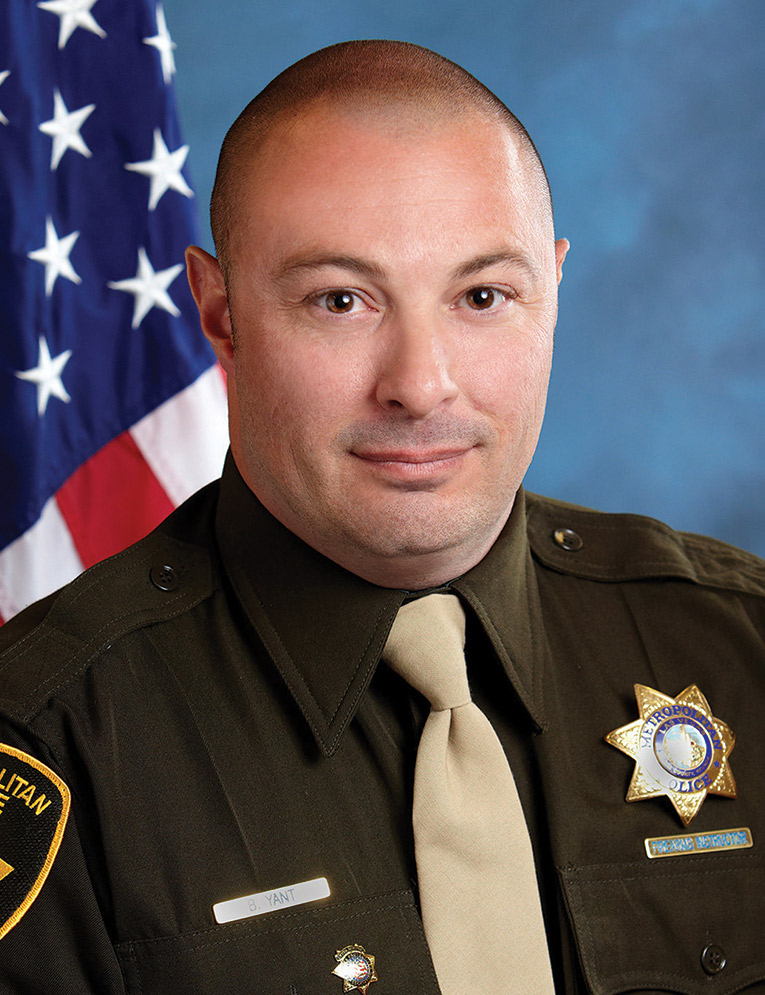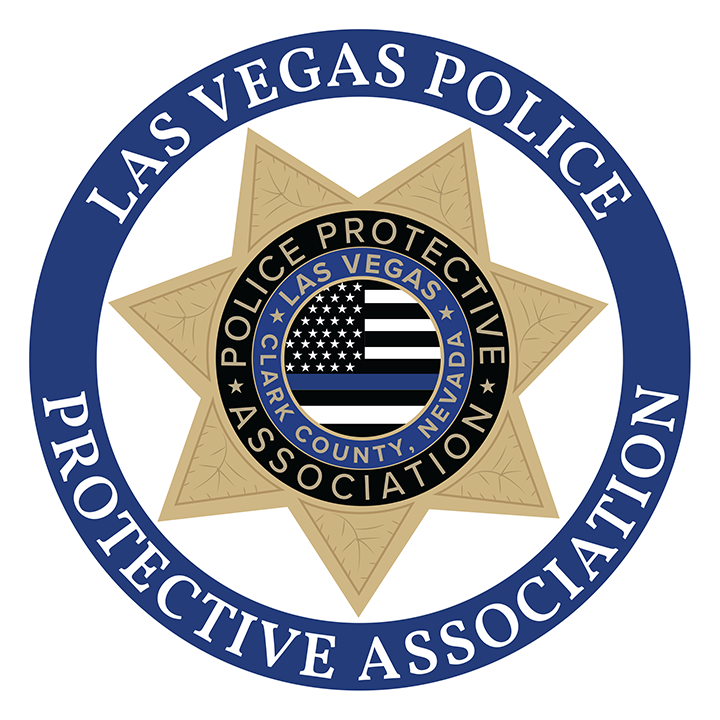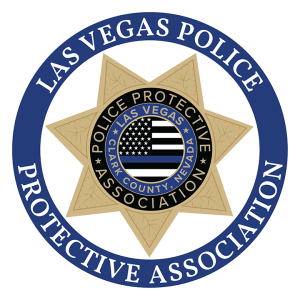
Sergeant-at-Arms
The use of deadly force has been and always will be front-page news. Now, more than ever, an officer’s actions during an officer-involved shooting are scrutinized with a fine-tooth comb. We, as officers, expect this; however, we want to be treated properly and to have our rights protected. At any given minute, you could be the next officer who has to use deadly force. The possible use of deadly force is a reality we face every day. It is a life-changing event for the officer involved and their squadmates, friends and families. That being said, we want to take officers through the investigative process in an officer-involved shooting so that they have some idea of what to expect in this highly stressful situation.
Once deadly force has been used and the scene is static, we ask that officers turn off any body-worn cameras that recorded the incident. Statements about the shooting or video recorded on a body camera are considered evidence. A sergeant will contact all involved and witness officers and will ask involved officers for a “public safety statement.” Responses to the public safety questions are required by policy, and involved officers are compelled to answer them. The Garrity rule protects these statements. But be mindful. The public safety statement is not an interview and your answers should be brief. A monitor officer will be assigned to stay with the involved officer. Involved officers will be removed from the immediate scene, likely to a patrol car. As a reminder, anything you say to the monitor, who is typically a friend or squadmate, is not confidential. Involved officers should refrain from talking to anyone about the use of deadly force.
Many officers will arrive on scene after the shooting. The numbers of persons, from all ranks, who want to talk to those involved and check on their well-being may seem remarkable. The officers’ care and concern are genuine, but please remember these conversations are not protected, and involved and witness officers should not discuss details of an event. Per Department policy, the involved officer will remain with the monitor officer until the FIT (Force Investigation Team) lieutenant or sergeant arrives and speaks to the involved officers. After they speak with you, they will escort you to the PPA and our RV that arrived at the scene.
Members of the PPA will remain with you until the end of the investigation on the day of the incident. Any conversation you have with a PPA Executive Board member or attorney is confidential. We will explain the process of a force investigation and how it will proceed, and we will give you legal counsel. Statements or walk-throughs that involved officers give to FIT detectives are voluntary (you’re not compelled to speak to them). Garrity protections don’t apply to voluntary statements. We will provide you legal advice as to whether you should give a statement. But, ultimately, the decision to talk to FIT is entirely yours. Your CIRT statement, on the other hand, is compelled and not voluntary; therefore, Garrity protections do apply. This statement is taken at a later date, after 48 hours.
Once FIT detectives and supervisors from FIT, CIRT and Crime Scene Investigations (CSI) are at the scene, patrol officers will brief investigators. The respective investigative entities then will formulate a plan on assignments. They will determine which officers are involved based on information provided at the briefing. Please be aware that the status of who is deemed an involved officer or a witness officer is fluid and can change during an investigation.
FIT detectives and CSAs will then brief with the PPA to determine which officers they wish to provide walk-throughs and interviews. They will identify what weapons were deployed and whether an officer will need a replacement weapon. They may ask the union clarifying questions about the case or scene. If the involved member or witness officers are wearing body cameras, they will be removed at this time and turned over to the FIT supervisor after CSI photographs the body camera in place.
Crime scene analysts will walk the scene with FIT detectives to document evidence. They will also watch video from any cameras that were recording during the incident. FIT will then request a walk-through with the involved officer or officers. Before your walk-through, you and your PPA representative may also review the video footage if you had a camera that recorded the incident. For involved officers, a walk-through is voluntary and is not intended to be a hasty interview. If, after consulting with counsel, you decide to do a voluntary walk-through, remember that because it is voluntary, any statements you make are not protected by Garrity, so you should consider providing only the information that is specifically asked of you through your attorney.
People present at the walk-through are the FIT lieutenant, FIT sergeant, FIT detectives, CSI supervisors and a PPA Executive Board member and attorney. The walk-through will begin at the initial point of the event and proceed to your final destination where deadly force was used. The involved officer may be asked to explain the direction faced during the use of force and identify possible evidentiary items. If FIT or CSI members have questions for the involved officer, they will direct them to the PPA attorney. The involved officer will be able to confer with the attorney about whether to answer these questions, which should be limited to identifying evidence. Note that witness officers will be compelled to give walk-throughs, and the information they provide is protected by Garrity.
Those identified as a witness officer are compelled by policy to conduct a walk-through. This occurs after the involved members have completed their walk-throughs. Witness officers will also be photographed and possibly provide a weapons countdown at the same location as the involved officers. Witnesses are then compelled to provide a statement to FIT. A PPA Executive Board member or attorney will be present with witness officers during their FIT interview.
After the walk-throughs, the involved and witness officers will be directed to proceed with the PPA to headquarters for firearms/weapon countdowns and photographs of the involved and witness officers. Involved officers will be given a replacement weapon if they would like one and will be “noticed” by CIRT to appear 48 hours or so later for an interview. Witness officers will give a compelled statement to FIT detectives. Keep in mind that CIRT statements are compelled by policy. After the involved officers have received the time of their CIRT interviews, they will speak with PEAP again, dress out and then head home.
After 48 hours have passed since the deadly force incident, a supervisor from FIT will call the PPA and ask to be placed on a conference call with the involved officer. The officer will be asked if they would like to provide a voluntary FIT statement. These statements are voluntary and are not protected by Garrity. The involved officer will be able to discuss this request with the PPA attorney and decide whether to waive their rights and provide a statement to FIT. Remember, you will have an opportunity to tell your version of the event to CIRT even if you do not speak with FIT, and this statement will be protected by Garrity.
A PPA lawyer and representative will be on the scene as soon as possible to help officers through this process. After answering the public safety questions, officers should not talk about the event with anybody until we arrive. We will be at your side, every step of the way, to protect your rights. As always, if you have any questions or concerns, please feel free to contact me. Policies and procedures change frequently and I want you to be prepared for what might lie ahead.

